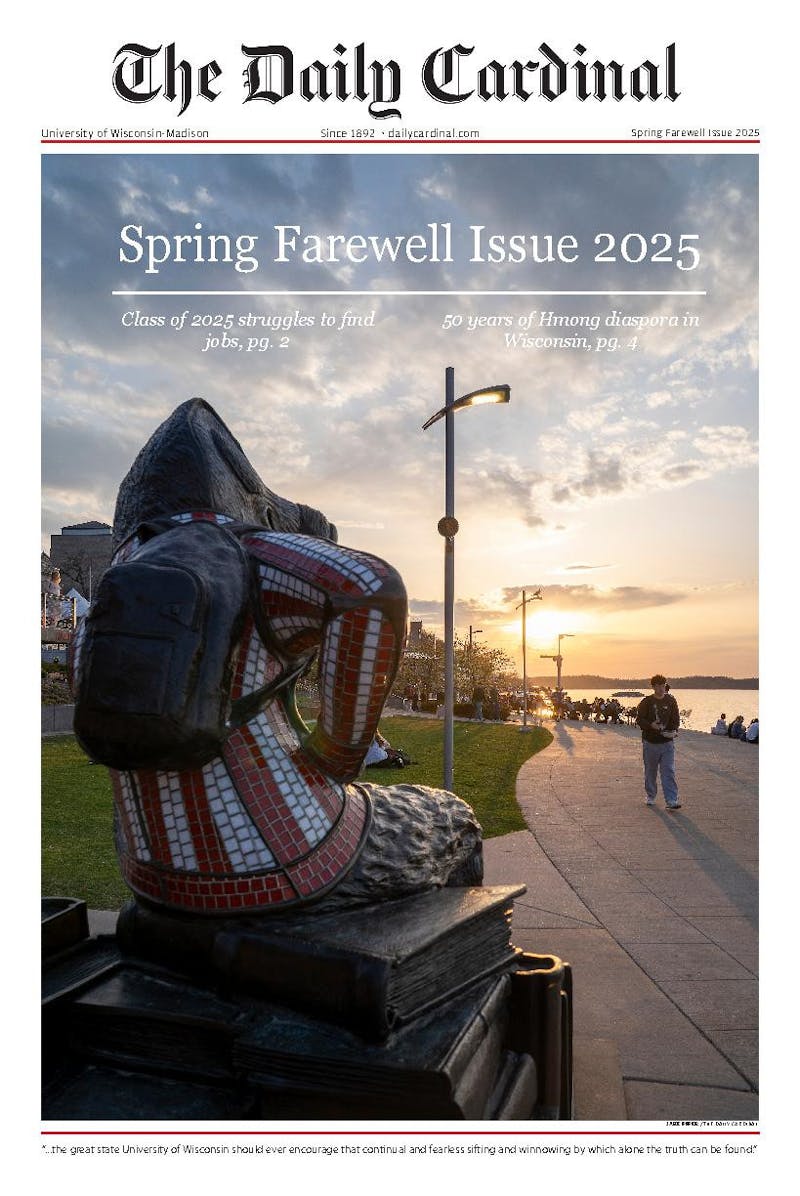Skirts are causing a sensation this prom season. So are asymmetrical hems, the color green, ruched bodices and anything bejeweled. But there is something even hotter than pairing that dress with a wrap-the booming, $150 billion-per-year-teen market that has retail executives eyeing teens with disposable incomes just as feverishly as teens eye the latest prom dress.
\With the teen market, there are a lot of social events that appeal to retailers that college students just don't have,"" Cynthia Jasper, consumer science professor, said. ""College students are the targeted market on State Street, but they just aren't as targeted at malls as teenagers.""
Teens hold more sway in the retail market than college students for reasons other than prom, homecoming and winter formal-they also have increasingly more money to spend and control more of their parents' spending habits than college students.
Teens spent $100 billion on products and services in 2003 and influenced the spending of another $50 billion. These numbers are expected to rise in 2005. According to the Macerich Company, which conducted a nationwide survey of 4,200 shoppers, two-thirds of teenagers are expected to spend $330.43 on clothing purchases alone this spring. College students, ages 18 to 24, are expected to spend slightly more-$334.71.
Targeting this lucrative market has become even tougher for retailers. Numerous market surveys, including The Macerich Company's, indicate teenagers are more technology-savvy, brand-conscious and trend-aware than all other market segments.
""One of the reasons a lot of retailers and manufacturers target teens, and to a certain extent college students, is to create a sense of brand loyalty,"" Jasper said. ""They try to get teens focused on certain products when they are young and establish buying trends for the long term.""
One way to target teens effectively is through the use of special events, such as fashion shows. Carson Pirie Scott & Co., a division of Saks, Inc. and operator of the two Boston Stores in the Madison area, held 11 prom-related events in stores throughout Wisconsin. At each event, models floated down the runway, sporting dresses Boston Store buyers had previously selected as the hot trends for the season and hoped would be snapped up when the show ended.
""Fashion shows are very important to us,"" said Susan Head, a special events coordinator for Boston Store. ""It's all part of creating an image that sets us apart from other retailers. We can get a product out there, and show it to customers in a variety of ways you can't do with a print ad.""
According to Head, there are three main reasons for choosing to stage a fashion show: image, publicity and sales.
""A successful event drives traffic into our stores and increases sales,"" added Kelly Grant, publicity and special events coordinator for Boston Store.
Boston Store organizes more than 50 nationwide events annually, with a majority of the focus on female shoppersof all ages. The buying office, which monitors the trends in clothing and determines a budget for the special events, requests all of the shows.
""Fashion show content is planned based on the season,"" Grant said. ""We decide what clothing to use based on the target audience for the show.""
Prom events drew crowds in the hundreds. Teenagers eagerly watched the tulle and taffeta dresses swish down the runway and noted their favorite prom ensembles. Yet, just as teens feverishly watched a faux two-piece ball gown with an ombr?? pleated bodice breeze by, retail executives were contemplating how exactly to tap into the $316.61 average teens are expected to spend on prom.





